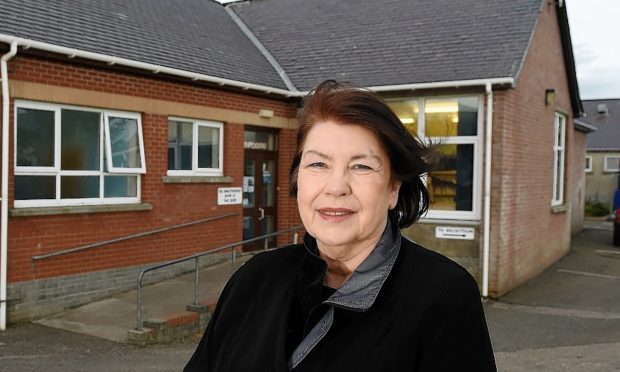Highland councillors yesterday committed to following the principles laid out in a new report on Adverse Childhood Experiences (ACE) by NHS Highland.
The council is the first local authority in the UK to commit to becoming ‘ACE Aware’, and working with NHS and third sector to embed the principles into frontline children’s services.
The report sets out to change traditional ways of thinking about children and adults who have had a poor start in life due to ‘toxic stress’ in their surroundings and who go on to develop behavioural problems and illness in life as a result.
NHS director of public health, Professor Hugo Van Woerden told councillors at yesterday’s Highland Council meeting in Inverness: “We are born with about 100 billion brain cells, and in the first 18 months of life and the child is making a million connections between those brain cells per second, it’s mind-blowing. But if a child is in a circumstance where they are not making those connections in a healthy way, it leaves a legacy that plays out later in life.
“It multiplies their chance of things like heart disease, diabetes, problematic alcohol misuse.”
Councillor Ron MacWilliam said: “Whilst many people survive well in spite of childhood adversity we cannot ignore the prevalence of ACEs in the prison population, for example, and the correlation between ACEs and those suffering early ill health.
“It is incumbent on those of us who make decisions affecting young people to understand this study and incorporate ‘ACE-awareness’ in to our decision-making.”
Councillor Linda Munro said: “Instead of asking what’s wrong with you, we should be asking ‘what happened to you?’
“I grew up in the Gorbals in the Fifties, and without a doubt there were serious social issues.
“But what there was also was an extended family and community network where you could turn for support it you were experiencing toxic stress from a parent for example. Now those networks no longer exist, we live in fragmented communities.”
